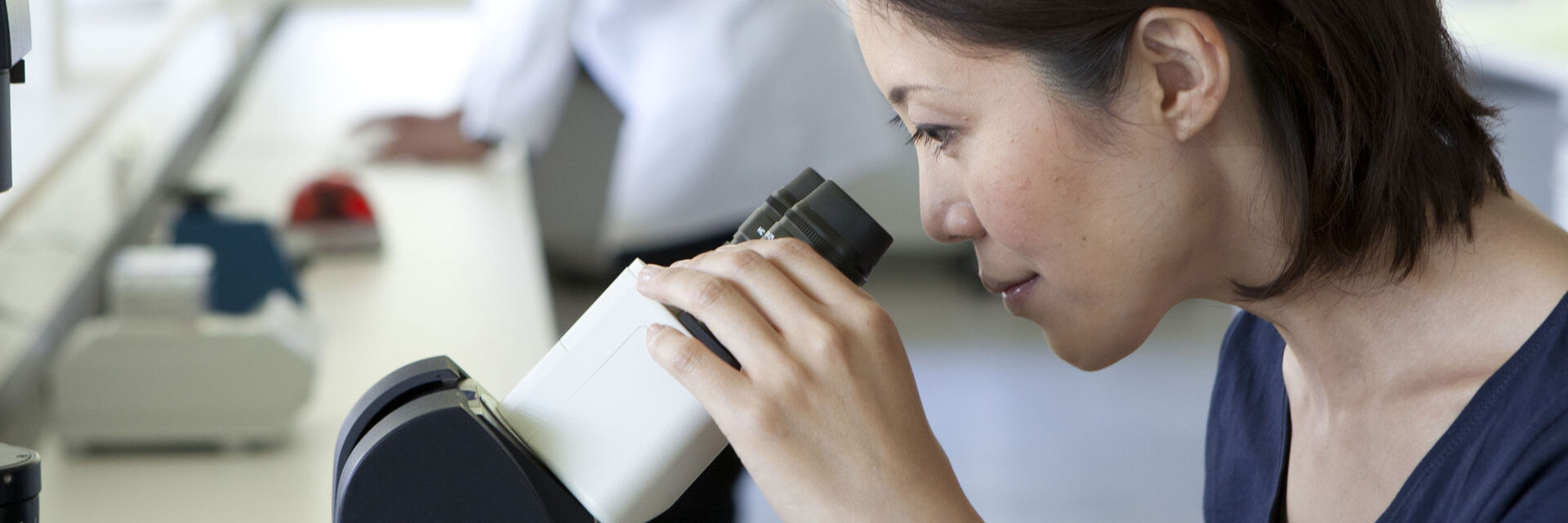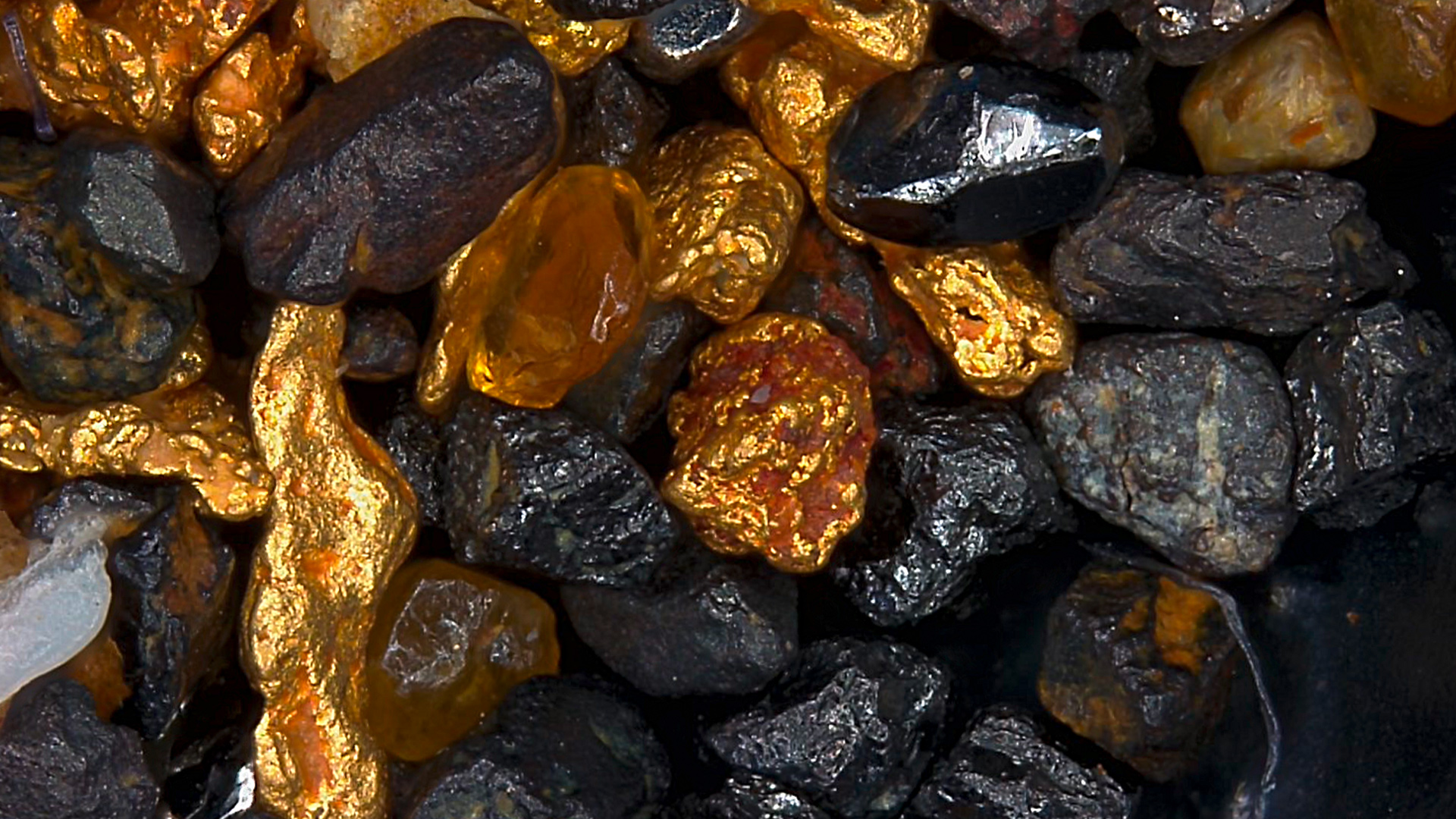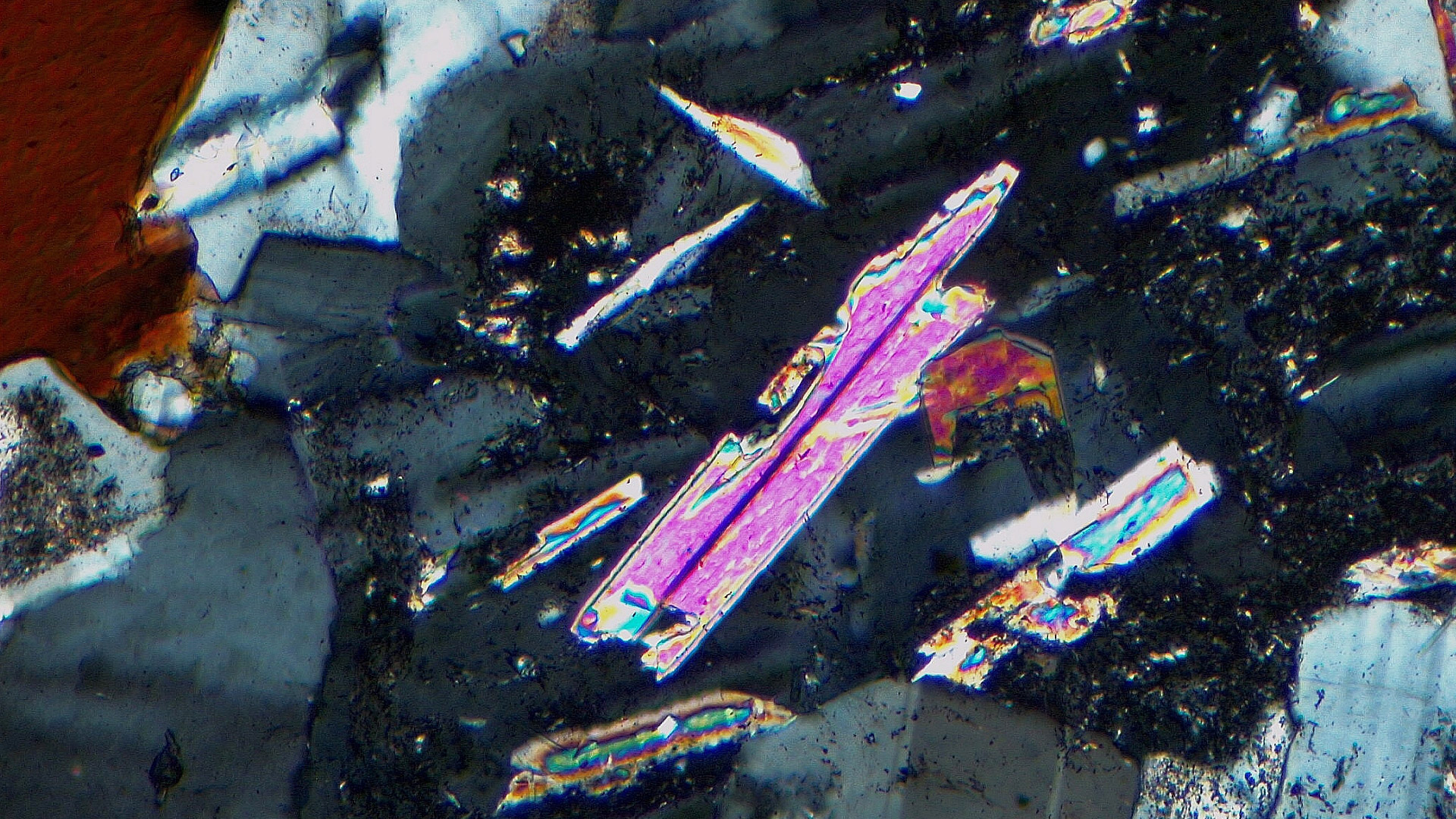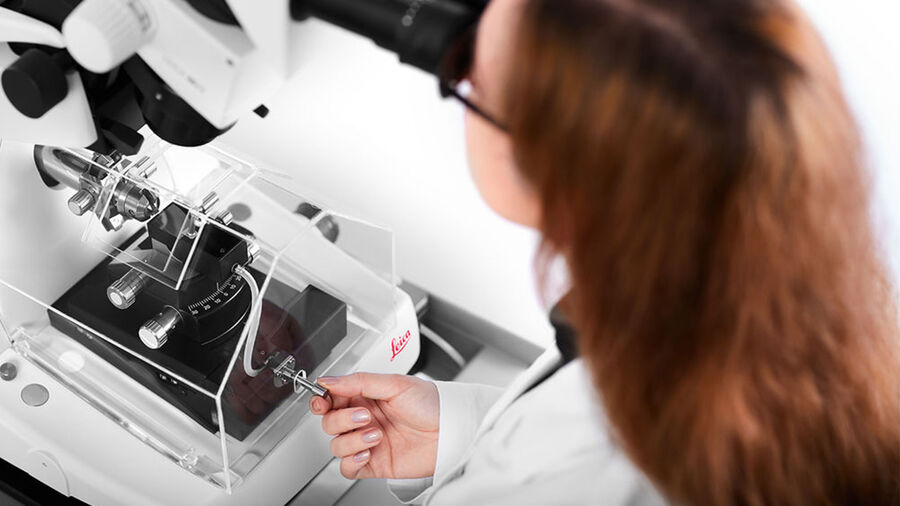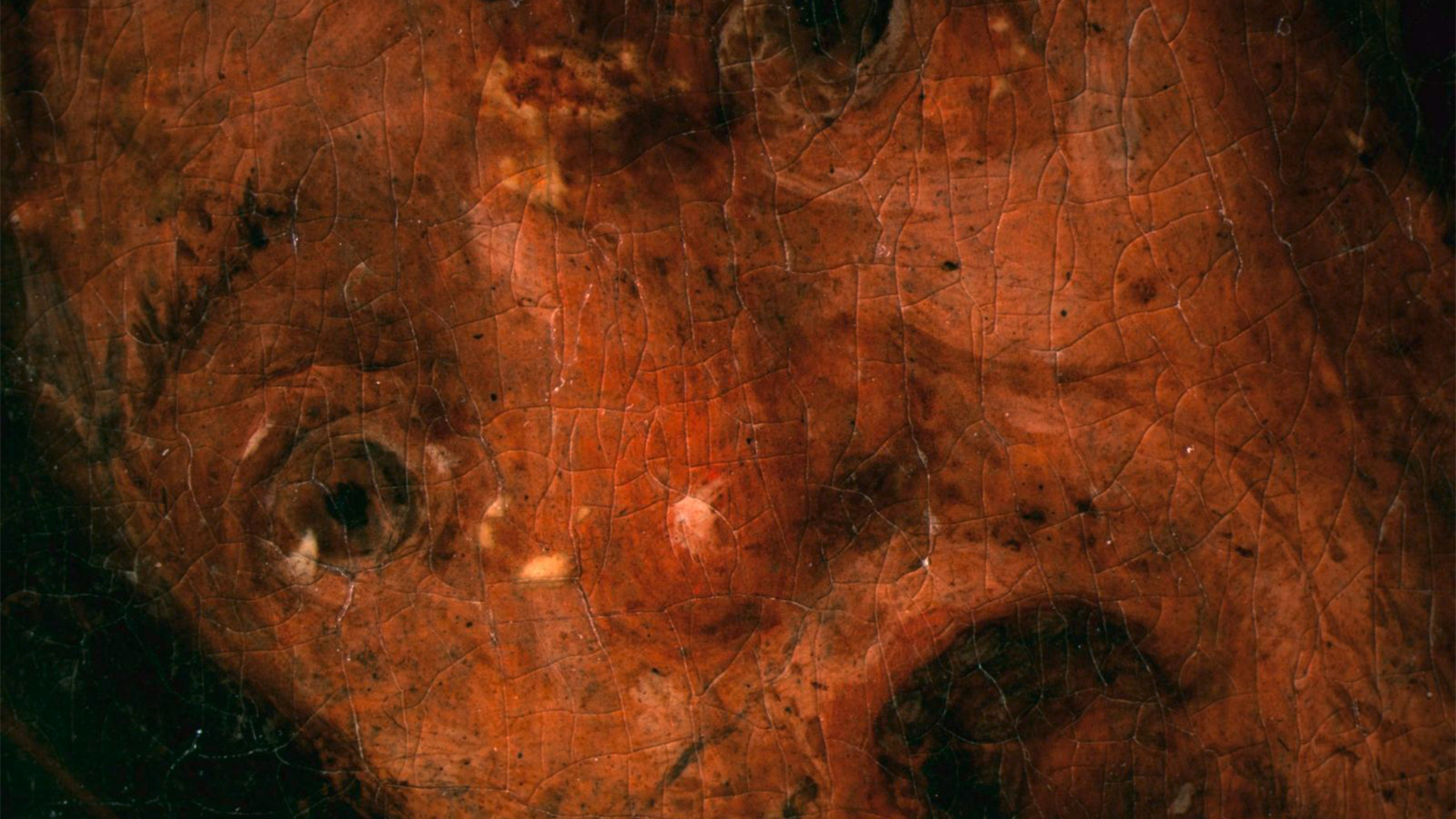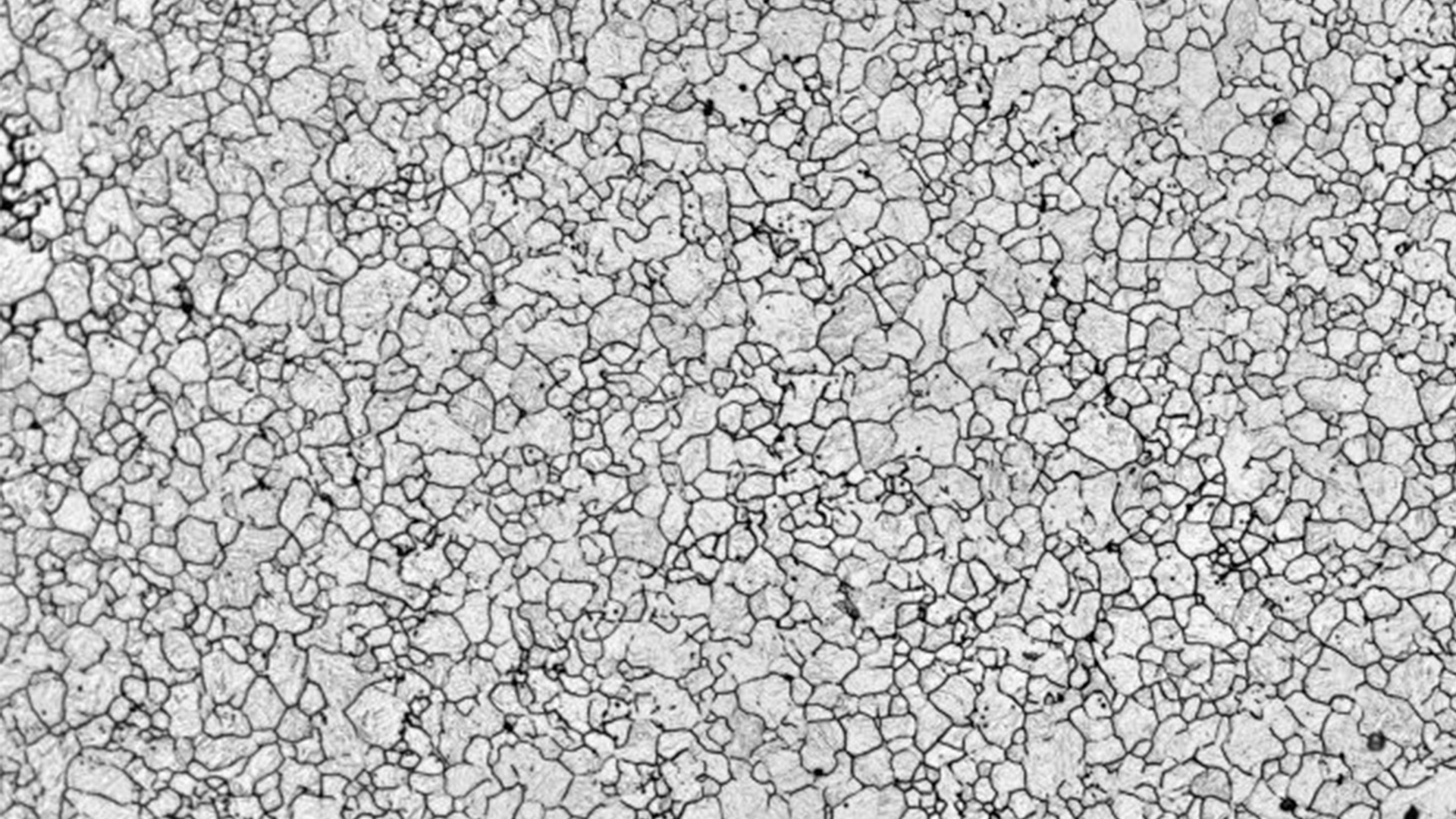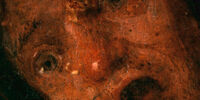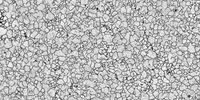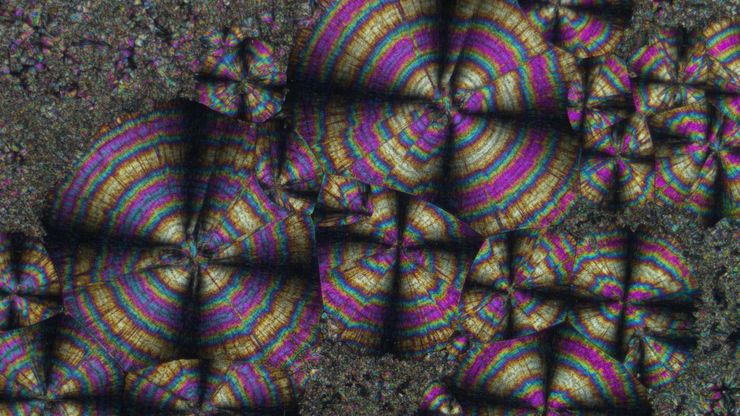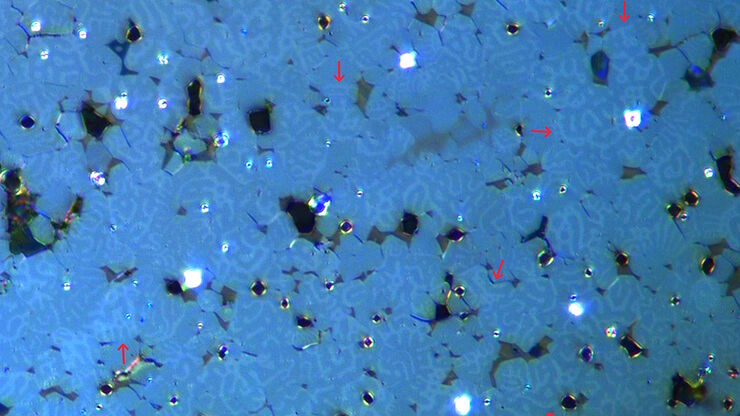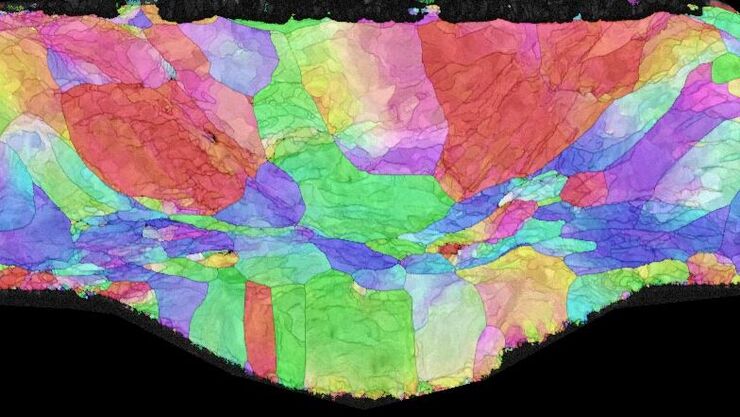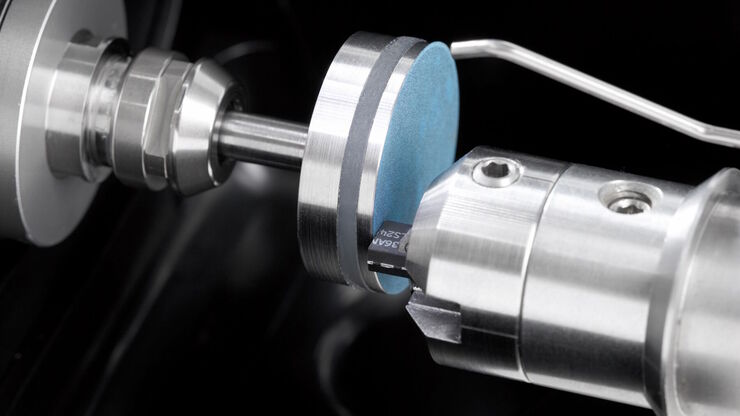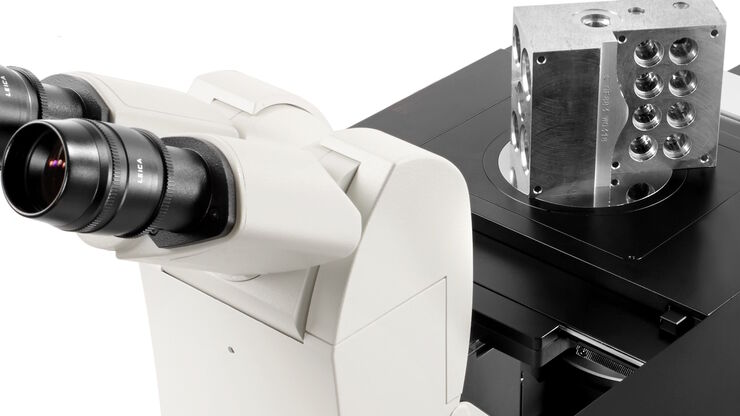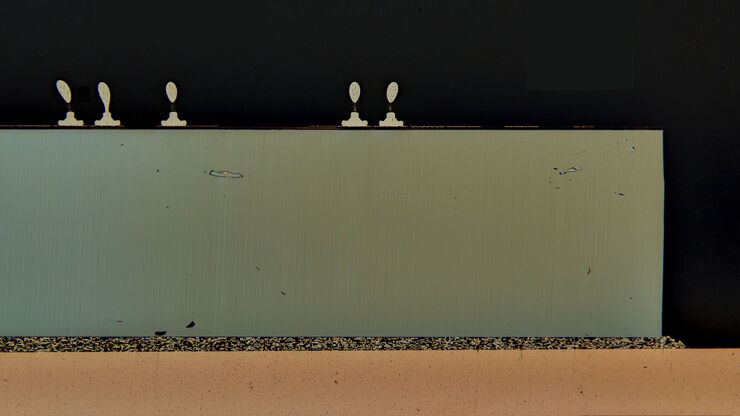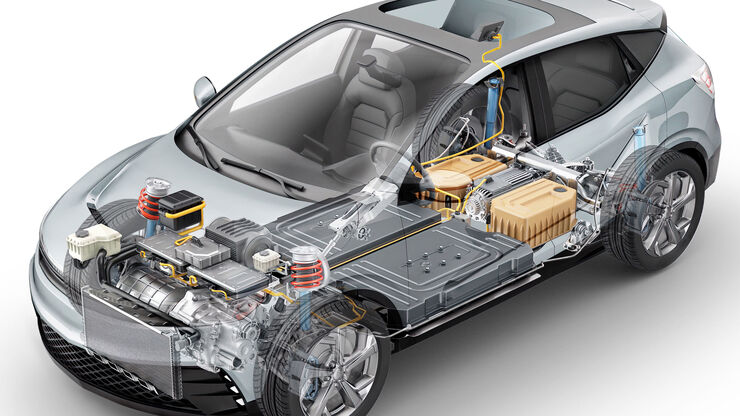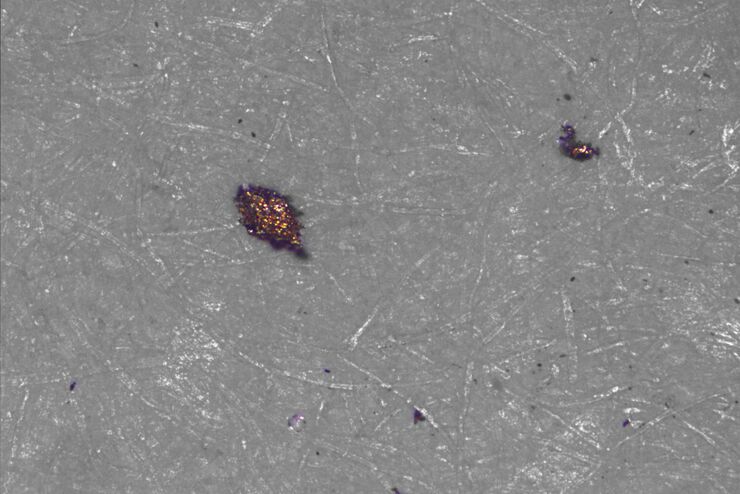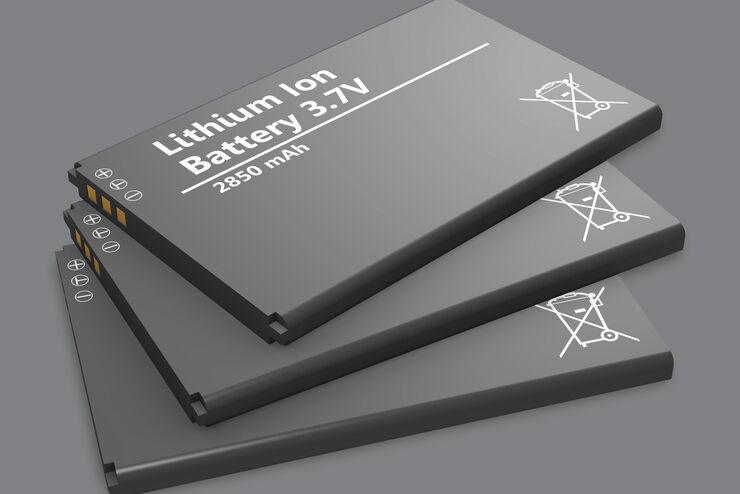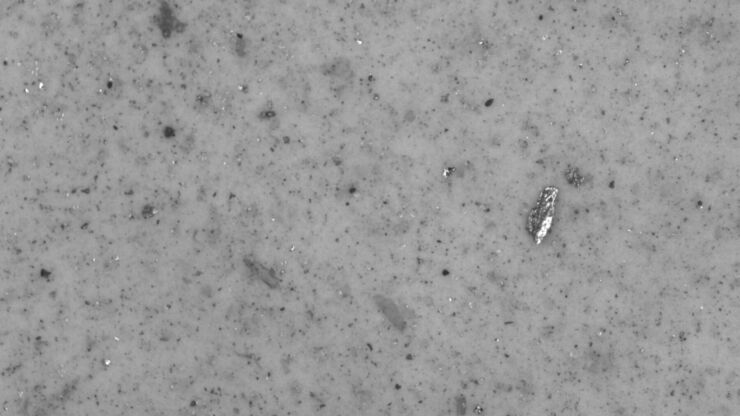Material- & Geowissenschaften
Sie benötigen die richtigen Werkzeuge für eine zuverlässige und qualitativ hochwertige Bildgebung und Analyse. Leica Microsystems bietet Ihnen alles aus einer Hand. Zusammen mit kompetenter Unterstützung vor Ort bieten wir Ihnen die breiteste Palette an Optiken, Bildgebungssystemen, Software und ergonomischem Zubehör, um ein System für Ihre Anwendung zu entwerfen.
Leica Spezialisten vor Ort beantworten gerne Ihre Fragen zu unseren Mikroskopielösungen für Material- & Geowissenschaften.
Geologie, Umwelt, Paläontologie und Erdwissenschaften
Mit den vielseitigen und zuverlässigen Mikroskopsystemen von Leica Microsystems erforschen und entdecken Sie Lösungen für sämtliche Fragen des Umweltschutzes und der Geowissenschaften. Ihre Arbeit leistet einen wertvollen Beitrag zum Verständnis der Welt um uns herum. Deshalb müssen Ihre Forschungswerkzeuge leistungsstark und präzise sein, um fundierte und reproduzierbare Ergebnisse zu ermöglichen. Die ergonomischen, hochwertigen Mikroskopielösungen von Leica Microsystems bieten modulare Systeme, mit denen Sie ein breites Spektrum an Materialien durch präzise Messungen und detaillierte Analysen untersuchen können.
Materialwissenschaft, Physik und Ingenieurwesen
Sichern Sie sich Ihren Vorsprung in der Material-, Physik- und Ingenieurforschung mit hochwertigen Mikroskopsystemen für wissenschaftliche Einrichtungen. Um Ihre Entdeckungen und Tests zu optimieren, benötigen Sie leistungsstarke, zuverlässige und erschwingliche Mikroskope, Kameras und Software, um eine Vielzahl von Proben untersuchen, analysieren, messen und dokumentieren zu können. Leica Microsystems bietet ergonomisch gestaltete, hochwertige Bildgebungssysteme für Routineaufgaben bis hin zu höchst anspruchsvollen Anwendungen in der Materialforschung.
Damit Ihnen kein Detail entgeht
Leica Microsystems bietet für die unterschiedlichen Aufgabengebiete von Restauratoren, Kunsthistorikern, Archäologen und Experten verwandter Gebiete eine Palette an Lösungen, die das detailgenaue Arbeiten am Objekt, die mikroskopische Analyse von Strukturen und Materialien und die Dokumentation optimieren.
